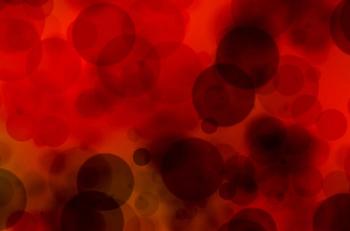
Oncology NEWS International
- Oncology NEWS International Vol 17 No 8
- Volume 17
- Issue 8
Poll results: Medical education falters on pain relief
A significant number of ONI readers believe that their medical training in pain relief and opioid pharmacology is inadequate to help them meet the needs of their cancer patients with pain.
A significant number of ONI readers believe that their medical training in pain relief and opioid pharmacology is inadequate to help them meet the needs of their cancer patients with pain. Of those who responded to ONI’s June poll question-“Do you feel your medical school education in pain relief and opioid pharmacology was adequate?”-71% answered in the negative. Only 14% said that their pain management training was adequate, while 16% said they weren’t sure.
Although the International Association for the Study of Pain has established guidelines for pain management, compliance is spotty, said Kathleen M. Foley, MD, of Memorial Sloan-Kettering Cancer Center, in New York.
The poll was linked to the article, “US cancer patients still plagued by undertreated pain” (June 2008, page 20). To respond to this month’s poll (on page 2), visit
Articles in this issue
over 17 years ago
An editor says farewellover 17 years ago
High cost of biologics takes a toll on hem/onc practicesover 17 years ago
FDA mandates changes to ESA labeling infoover 17 years ago
Certification offered to rad oncs for care of dying patientsover 17 years ago
VA enlists ACR for RT accreditations; H&N date changeover 17 years ago
Erbitux gains expanded approval in Europeover 17 years ago
Docs deserve pay for cognitive skill setover 17 years ago
Creator of Herceptin goes Hollywood in TV biopicover 17 years ago
Avastin/sunitnib RCC trial closes after serious toxicitiesover 17 years ago
FDA cracks down on counterfeit cancer cure productsNewsletter
Stay up to date on recent advances in the multidisciplinary approach to cancer.

















































































